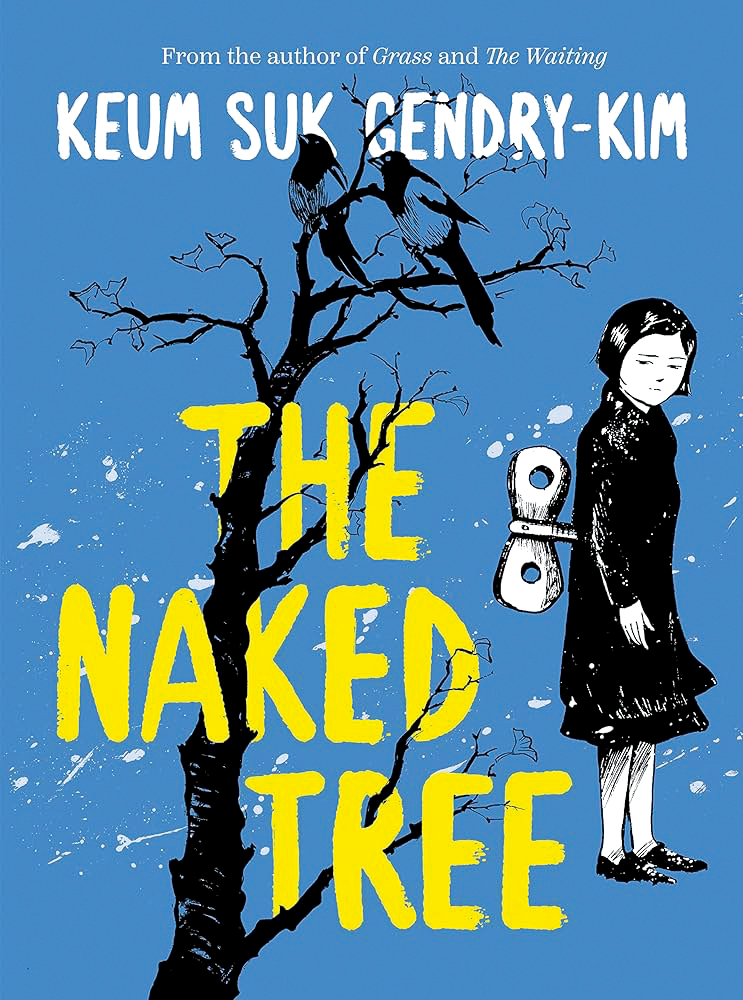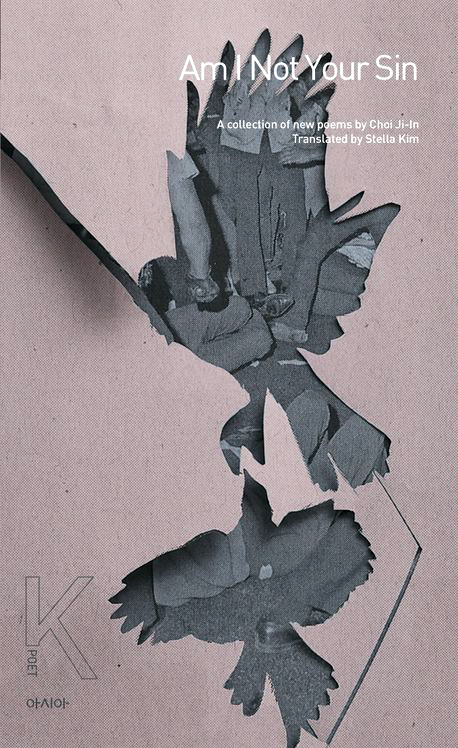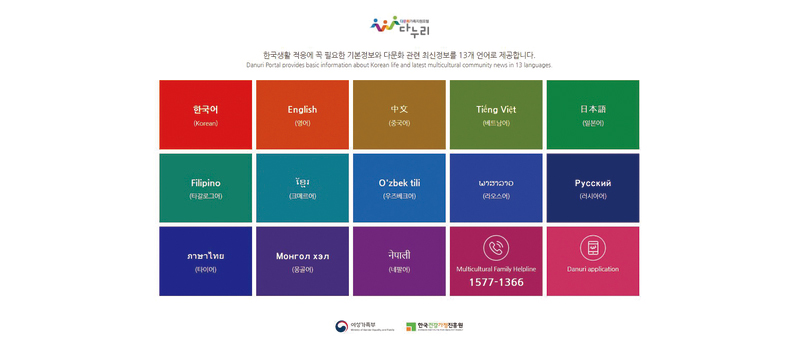“ The Naked Tree ”
By Keum Suk Gendry-Kim, Translated by Janet Hong
320 pages, $29.95, Drawn & Quarterly, 2023
A Beloved Novel Reimagined

Cross-media adaptations have a long history. These days, we most commonly see written and graphic works, such as novels and comics, adapted to film or television. Keum Suk Gendry-Kim’s adaptation of celebrated Korean writer Park Wan-suh’s debut novel, The Naked Tree, however, reimagines it through the visual medium of the graphic novel.
Park’s original novel is inspired by Park Su-geun (1914–1965), an artist who eked out a living during the Korean War by painting portraits for U.S. soldiers. He possessed artistic vision and genius but it went unrecognized until his death. Told from the perspective of Kyeonga, the author’s alter ego, the novel also deals with the clash of cultures between locals and foreign troops and the changes in social values that characterized the fledgling nation during the Korean War. Acclaimed for its vivid depiction and criticism of society at that tumultuous time, it won the literary prize for women writers offered by the Yeoseong Donga magazine.
Gendry-Kim’s graphic novel adds another chapter to the history of this famous work. She intended to stick closely to the original, but the work gradually transformed into something new. The core narrative is the same, but the graphic novel adds a frame to that original story, introducing Park Wan-suh and her husband as characters who are reborn as their alter egos. Gendry-Kim also recreates several Park Su-geun works, inserting them in the core narrative and in the framing sections. This obscures the demarcation between the lives of the real people and the fictional characters based on them, adding further layers and depth to the story.
In a novel, the images are created in the mind of each reader, whereas in a graphic novel, readers are treated to the singular vision of the artist. Gendry-Kim captures the Seoul of the Korean War in stark black-and-white drawings that can be haunting, frantic, painful, and beautiful. But she goes beyond simple graphic representation to fully employ the affordances of her chosen medium. For example, she often utilizes bleeds, where the image — in the words of comic theorist Scott McCloud — “hemorrhages and escapes into timeless space.” Gendry-Kim’s bleeds sometimes indicate a literal bleeding of time, signaling a transition in the narrative. Other times they depict the external chaos of the Korean War or the internal chaos of the characters’ hearts. Even when the artist does rely on the panels that form the basic structure of graphic novels, she plays with them in clever ways. When Kyeonga recalls her most painful memory, the depiction of her family members literally bursts out of the edges of the panels as a visual demonstration of how they refuse to remain in the past. Elsewhere, characters rest their arms or hands on the edges of the panels, as if they were part of the scenery. And in the chapter depicting the exhibition of Park Su-geun’s work, frames are reserved for the paintings themselves, while the characters walk and talk in the untethered space around them.
Much more could be said of Gendry-Kim’s skill in rendering this beloved tale in a new medium, but the joy of exploration should be left to the reader. Whether you are returning to Park’s novel or discovering it for the first time, this graphic novel is a beautiful window on the work.
“ Am I Not Your Sin ”
By Choi Ji-in, Translated by Stella Kim
142 pages, ₩10,000, ASIA Publishers, 2023
One Poet’s Struggle

Choi Ji-in opens his new collection of poems with a reference to places around the world where “incidents” have occurred: “Jeju, Okinawa, Taipei, Manila, Singapore, Sri Lanka, Madagascar, Haiti, Hokkaido” (“Curve”). War and conflict are woven through every line of this collection, creating a tapestry of memory and history. Through it all, the poet seeks meaning, confessing that “there is nothing that I can do other than to write” (“Curve”) but also admitting the hopelessness of his quest: “We cannot know what life is or what it means to be human” (“A New World”). Conspicuous references to biblical themes, such as “the Lamb of the earth carrying sins of the world” (“The End of Growth”), hint at hope, but ultimately it is an inversion of the wisdom of Confucius that seems most relevant: “I dare ask / about life / How could I know life / when I do not know death” (“Sowing”). Yet through it all, the poet still chooses to love. Whatever hope we might have, perhaps it is in this choice, and in the stories that we hand down so that we might never forget where we have failed. It is these memories that Choi seeks to preserve.
“ Danuri Portal ”
The World Under One Roof

The “Danuri Portal” website offers information about life in Korea in thirteen languages, mainly from Central, East, and Southeast Asia (although English and Russian are also included). As might be guessed from the title — “Danuri” is a combination of the Chinese character for “many” or “multiple” and the native Korean word for “world” — the site is designed to support multicultural families, and the main target audience is female marriage migrants in Korea. However, other migrants will likely find some of the content helpful too. The information can be found primarily in two downloadable PDF books, titled Welcome Book for Immigrants by Marriage and Guidebook for Living in Korea. The former is a short bilingual booklet that summarizes important information for an easy transition to life in Korea. The latter is amore comprehensive monolingual booklet designed to help immigrants adapt to life in Korea. This, too, is primarily for multicultural families and marriage migrants, but much of the information will be useful to any foreign resident of Korea. The site can be a little tricky to navigate at times, but it provides a wealth of carefully prepared and curated content..